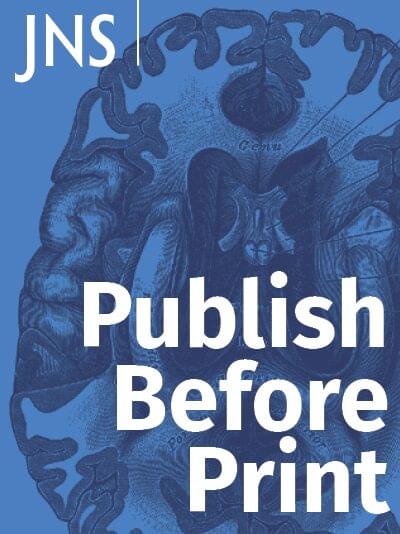In this episode, Dr. Michael Levin, Distinguished Professor of Biology at Tufts University, joins Nathan Labenz of @CognitiveRevolutionAI Podcast to discuss embodied minds, his research into limb regeneration and collective intelligence, cognitive light cones, and much more. Dr. Levin and the Levin Lab work at the intersection of biology, artificial life, bioengineering, synthetic morphology, and cognitive science.
Nathan just recorded a second episode with Michael Levin, on view at • Convergent Evolution: The Co-Revoluti… — 📰 Be notified early when Turpentine’s drops new publication: https://www.turpentine.co/exclusiveac… RECOMMENDED PODCAST: 🎙️ @CognitiveRevolutionPodcast The Cognitive Revolution is a podcast about AI where hosts Nathan Labenz and Erik Torenberg interview the builders on the edge of AI and explore the dramatic shift it will unlock over the next decades. Spotify: https://open.spotify.com/show/6yHyok3… Apple: https://podcasts.apple.com/us/podcast… — SPONSORS: 🎙️ Dealcraft | Insights from Great Negotiators https://link.chtbl.com/3CG3TbHY?sid=T… is the brand new weekly podcast that features interviews with world’s greatest dealmakers and diplomats, including Former Secretary of State Henry Kissinger, Blackstone CEO Steve Schwarzman, and music industry super-lawyer John Branca, on their most challenging negotiations. Each episode, host Jim Sebenius (Harvard Business School professor and renowned negotiation expert) relates fascinating deal stories and distills useful insights for listeners to apply in their toughest deals and disputes. 📝 Notion offers powerful workflow and automation templates, perfect for streamlining processes and laying the groundwork for AI-driven automation. With Notion AI, you can search across thousands of documents from various platforms, generating highly relevant analysis and content tailored just for you — try it for free at https://www.notion.com/product/ai?utm… 💥 Head to Squad to access global engineering without the headache and at a fraction of the cost: head to https://choosesquad.com/ and mention “Turpentine” to skip the waitlist. — LINKS: The Levin Lab and Dr. Michael Levin’s research: https://drmichaellevin.org/resources/ Dr Michael Levin’s blog: https://thoughtforms.life/about/ Tufts University Faculty Profile: https://as.tufts.edu/biology/people/f… Michael Levin @ Wyss Institute: https://wyss.harvard.edu/team/associa… Dr. Levin’s Research on Limb Regeneration: https://news.uchicago.edu/how-bioelec… — X / TWITTER: @labenz (Nathan) @drmichaellevin (Michael) @CogRev_Podcast @TurpentineMedia — TIMESTAMPS: (00:00) Intro (04:50) Xenobots, anthrobots and the other creatures created by Mike Levin (08:50) Bioelectric memory rewriting (14:09) Sponsors: Dealcraft | Notion (16:17) The difficulty of conducting simulations, which involve running forward passes to predict and alter electrical patterns (20:38) The concept of backpropagation and mode switching in AI models (23:12) Why humans do not regenerate their limbs (37:10) Sponsor: Squad (38:19) Learning from small and biological systems onto the concept of possible emergence (45:01) The criticality of multiple scale questions and would a single scale? (55:40) The concept of the cognitive light cone (59:34) Advice on habits of mind and suggestions for inspiration on the AI side (1:13:19) Mike’s suggested directions for the AI developers (1:23:41) Wrap.
📰 Be notified early when Turpentine’s drops new publication: https://www.turpentine.co/exclusiveac…
—
RECOMMENDED PODCAST:








